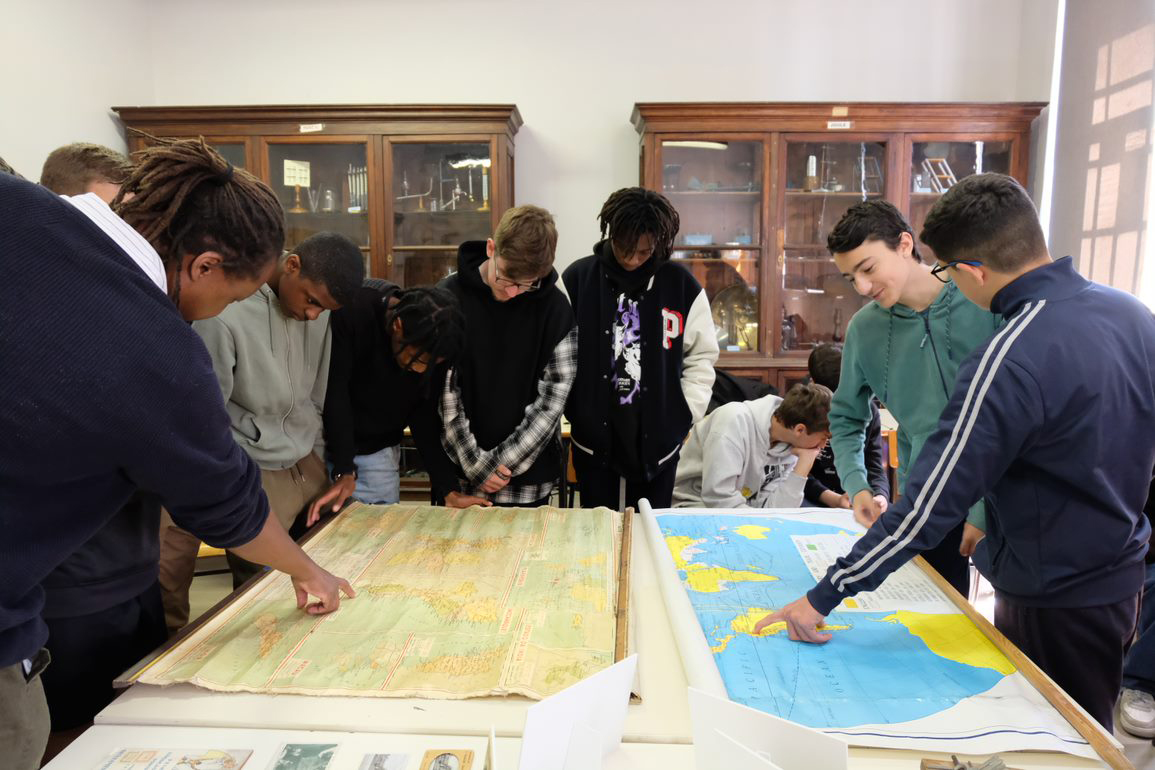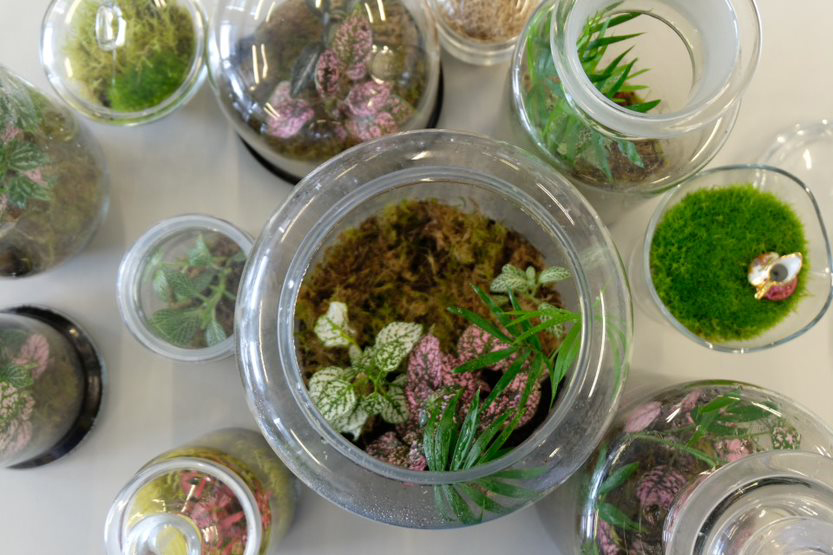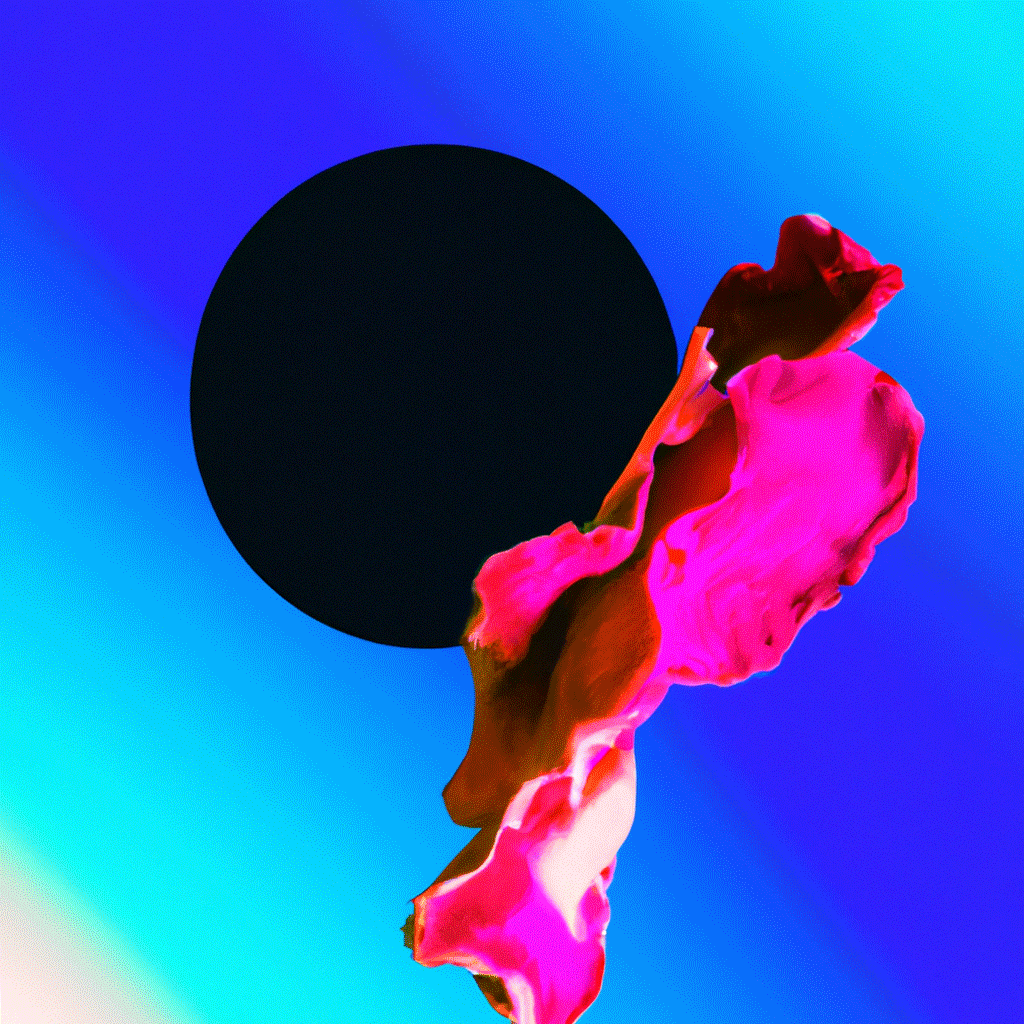Memória de Elefante 2022
The First Portuguese Colonial Exhibition took place in 1934 in the gardens of the Palácio de Cristal. Its ex-libris was a large sculpture of an elephant, displayed on the roof of the Palácio de Cristal, which at the time was called the Palácio das Colónias. Honouring the elephant as a symbol and a real animal with a great capacity to retain and transmit knowledge, Memória de Elefante revisits the material culture, archives and colonial reminiscences associated with the city of Porto through workshops, tours and talks with artists, activists and educators with the aim of discussing the implications and legacy of colonialism.


ping! / schools / May 4, 5 e 6
Workshop #GIFmeback, with Catarina Simão and Marílio Wane
Maps, charts, crosses and patterns; African masks, sculptures, drums, timbrels and mbiras; Sisal, cotton, animal skins and horns; Seeds and plant species; Brought from Angola, Guinea and Mozambique; And also peacocks in the gardens, huts on the lake island, people exhibited in a zoo-human...dehumanization, change, justice and reparation. The workshop GIFmeback# proposes a game of conversations and creation of digital images, which has its roots at the Escola Secundária Infante D.Henrique, and will extend to the gardens of the Crystal Palace and the archive of an event that took place there in 1934, the First Portuguese Colonial Exhibition. In between, some stories and research from other places and other cities, such as Maputo or Lamego will eventually meet and cross paths, here and now.
To watch the GIF results created by the students, click here and here.
Working between Portugal and Mozambique and researching national and private archives that preserve Mozambique's colonial, anti-colonial past, artist Catarina Simão questions the tutelage and dissemination of historical and political memory. Based on prolonged investigations, which often involve collective partnerships and diverse forms of presentation to the public. Strongly influenced by narratives of history and the notion of the archive, Simão has been particularly dedicated to the contemporary history of Mozambique. It is in this context that she developed projects such as the Mozambique Institute Project (Reina Sofia Museum, 2014) or the documentary Djambo (DOCTV-CPLP 2016, w/ Chico Carneiro). Working in the areas of cinema, music, theatre and visual arts programming, Simão has collaborated with the Fundação de Serralves, Porto; Manifesta 8, Murcia; Africa.cont; Museo Reina Sofia, Madrid, Ashkal Alwan, Beirut; New Museum, New York; Garage Museum, Moscow; and Galerias Municipais de Lisboa, among others.
To watch the GIF results created by the students, click here and here.
Working between Portugal and Mozambique and researching national and private archives that preserve Mozambique's colonial, anti-colonial past, artist Catarina Simão questions the tutelage and dissemination of historical and political memory. Based on prolonged investigations, which often involve collective partnerships and diverse forms of presentation to the public. Strongly influenced by narratives of history and the notion of the archive, Simão has been particularly dedicated to the contemporary history of Mozambique. It is in this context that she developed projects such as the Mozambique Institute Project (Reina Sofia Museum, 2014) or the documentary Djambo (DOCTV-CPLP 2016, w/ Chico Carneiro). Working in the areas of cinema, music, theatre and visual arts programming, Simão has collaborated with the Fundação de Serralves, Porto; Manifesta 8, Murcia; Africa.cont; Museo Reina Sofia, Madrid, Ashkal Alwan, Beirut; New Museum, New York; Garage Museum, Moscow; and Galerias Municipais de Lisboa, among others.
Marílio Wane, born in Beira City, Mozambique, holds a degree in Social Sciences from the University of São Paulo (Brazil) and a Master's degree in Ethnic and African Studies from the Federal University of Bahia (Brazil). Since 2007, he has been working as a researcher in Ethnomusicology at ARPAC-Institute of Socio-Cultural Research, a body subordinated to the Ministry of Culture and Tourism of Mozambique. In parallel to the broad field research experience, during this period, he has developed several activities under the 2003 UNESCO Convention for the Safeguarding of the Intangible Cultural Heritage in Mozambique and in countries like Angola, Brazil, Zimbabwe and Algeria.
He is currently doing his PhD course in Music Sciences at the Universidade Nova de Lisboa (Portugal). Following his thematic areas of interest, he started to act, as of 2018, as representative of ICTM - International Council for Traditional Music - in Mozambique.


ping! / schools / June 20
0.1 Workshop Terrários de Cristal, with Samuel Wenceslau
Artist Samuel Wenceslau has been making incursions into the gardens of Palácio de Cristal in order to build an architectural and poetic interpretation of the place, but also to collect plants that can germinate inside a wardiana box, an 19th-century terrarium that recreates a particular ecosystem.
In the workshop, micro-landscapes were built, enclosed by an iron and glass structure, where participants added images that revisit the First Portuguese Colonial Exhibition. Here, they reflected on ideas of possession and the exposing of bodies, but also on domestic objects as a metaphor for personal relics and collections. Ultimately, we sought to discuss themes such as the colonial domination of bodies and standardized logics of beauty and nature through these Crystal Terrariums.
Artist Samuel Wenceslau has a deep interest in nature, in particular Brazilian botany, exploring organic forms and lines in collages, drawings, photographs, paintings, objects and other graphic creations. As he is also artistic director and producer of the Kebraku Collective, Wenceslau created the Graphic Studiolo, a graphic inventory of natural forms from the flora of South America and, more recently, Europe. "My plates look botanical, but the classifications I used are all imagined," he says. Apart from the technical side, he distinguishes himself from traditional botany by his refusal of perfection. He doesn't look for leaves or flowers that are intact, but those that show the "interference of time and nature".

